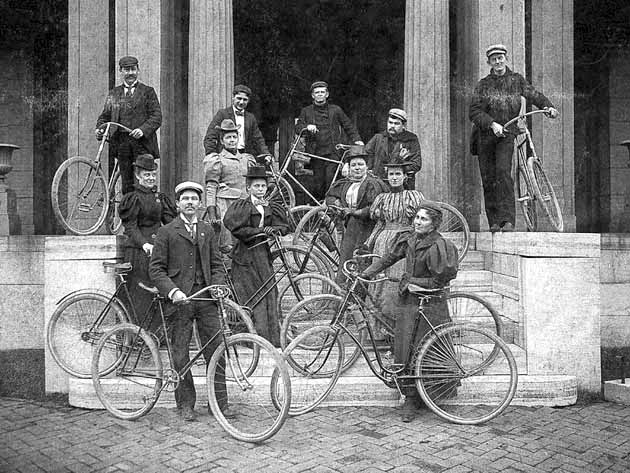
The Kentucky
School for the Deaf, the oldest institution of its kind west
of the Alleghenies, celebrated its 185th anniversry in 2008.
While John A. Jacob was not the school's first principal, he was
certainly the first to make a profound and lasting impct. On his
appointment in June 1824, Jacobs spent the next 18 months preparing
for his new responsibilities in Connecticut, working side-by-side
with Laurent Clerc and Thomas Galludet. In other words, a living
tradition connected Danville to Hartford and the development of American
Sign Language, a tradition rooted in the pioneering achievements
of 18th century France. During the 1890s, the culture and community
of the deaf, which sign language and residential schools like Danville
helped to create, was challenged by the so-called "oralists," people
like Alexander Graham Bell who insisted on the exclusive use of
lip-reading and speech. Changes in the Kentucky School's newspaper
reflected the shift in emphasis. For decades The Kentucky
Deaf Mute had carried the motto "Speak, Hands,
for Me." In the '90's, however, The Deaf Mute became The
Kentucky Standard, with a new Latin motto: "Esse
Quam Videri" -- "To be, rather than seem to
be."
On the history of the manualist/oralist controversy and its aftermath, see Douglas C. Baynton, Forbidden Signs: American Culture and the Campaign Against Sign Language (University of Chicago Pres 1996), and Oliver Sacks, Seeing Voices: A Journey into the World of the Deaf (University of California Press, 1989).
On the bicycle as an icon of health in the Gilded Age, see Harvey Green, Fit for America: Health, Fitness and Sport in American Society (Johns Hopkins University Press, 1986).
On the history of the manualist/oralist controversy and its aftermath, see Douglas C. Baynton, Forbidden Signs: American Culture and the Campaign Against Sign Language (University of Chicago Pres 1996), and Oliver Sacks, Seeing Voices: A Journey into the World of the Deaf (University of California Press, 1989).
On the bicycle as an icon of health in the Gilded Age, see Harvey Green, Fit for America: Health, Fitness and Sport in American Society (Johns Hopkins University Press, 1986).